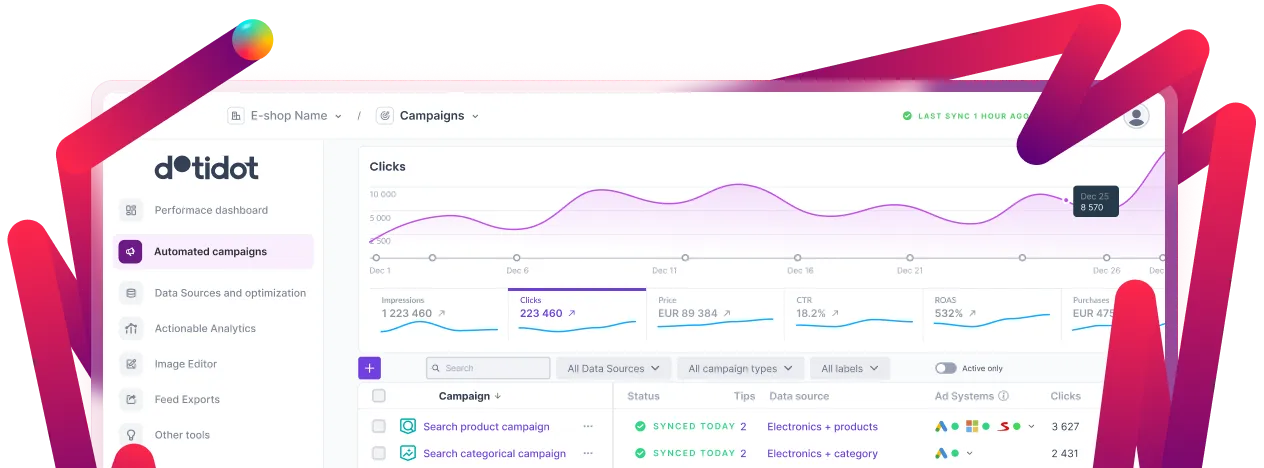Book a call with us







Our mission is to empower you not just to survive, but to thrive. With insights from our newsletter, you'll be primed to tackle PPC with confidence, adapting strategies like a pro. We're committed to delivering the freshest PPC news, top-tier updates, optimization tactics, and game-changing tips each month.
Let's get into it 👇
Google Analytics 4 and Meta integration is now in beta, promising streamlined tracking for Meta campaigns. Meta claims the setup can be completed swiftly, within 5-10 minutes. To initiate the integration, simply log into your GA4 property using email credentials, configure preferences and events, and you’re set. The attribution dynamics between GA4 and Meta channels will be of particular interest, especially given GA4’s inclination towards Google channels. (source)
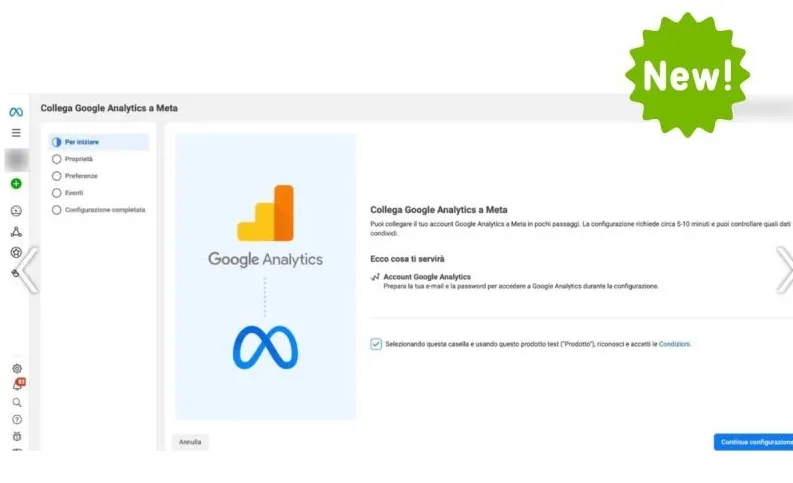
Google Analytics 4 leverages AI to deliver faster insights through behavioral and conversion modeling. This update provides marketers with a comprehensive view of campaign performance. Soon, AI-generated summaries will simplify complex data fluctuations into easy-to-understand language. (source)

GA4 enhances cross-channel measurement capabilities, offering insights into consumer journeys across multiple touchpoints. It integrates aggregated impressions from Campaign Manager 360 and improves the import of non-Google campaign data from platforms like Pinterest, Reddit, and Snap, providing a holistic view of marketing effectiveness. (source)
GA4 introduces new planning and budgeting tools that support cross-channel budget management. Marketers can now utilize a projections report to monitor media pacing and projected performance against key objectives such as revenue. These tools aim to enhance strategic decision-making and campaign optimization. (source)
GA4 integrates with Chrome Privacy Sandbox APIs and enhances conversions using hashed, consented first-party data. This approach ensures effective measurement and campaign performance while prioritizing user privacy. By utilizing privacy-safe data practices, marketers can maintain compliance and optimize marketing efforts effectively. (source)
Google Analytics 4 has introduced support for advertising segments, enabling seamless synchronization of GA4 audience data with Google Advertising products. This enhancement allows advertisers to leverage detailed audience insights directly from GA4, optimizing ad personalization and remarketing efforts. By accessing segment sizes within the Advertising Segments panel, marketers can ensure precise alignment with Google Ads Audience Manager for more effective targeting strategies. (source)

Google Analytics has updated its User acquisition and Traffic acquisition reports to include new metrics: User key event rate and Session key event rate. These metrics offer deeper insights into user engagement and conversion rates by automatically incorporating key event data into the reports. This integration enhances the ability to assess user behavior and campaign effectiveness directly within the Analytics platform. (source)
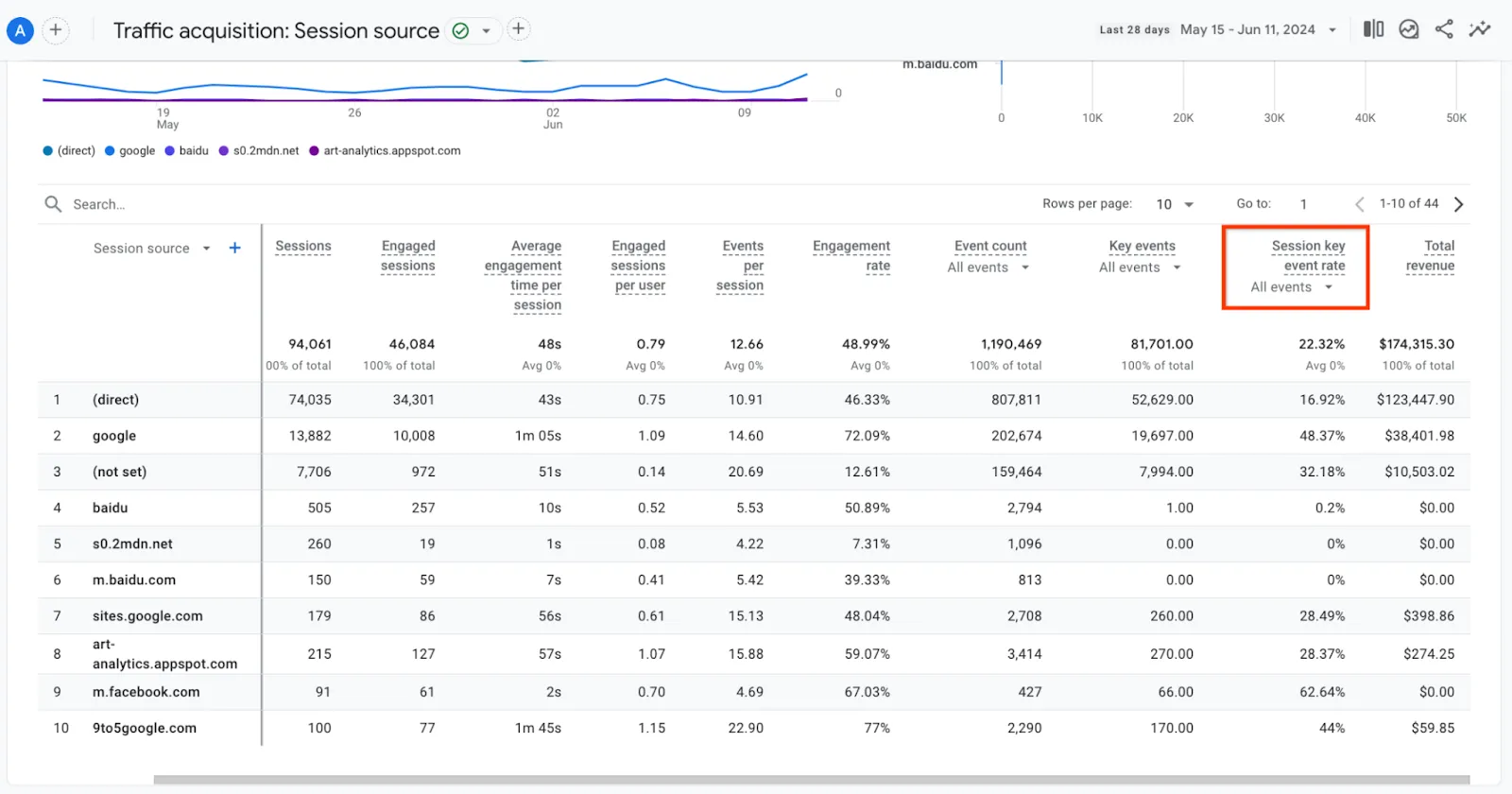
Google Analytics 4 now supports the import of custom event data, allowing integration of external event data with Analytics. This feature enables marketers to merge custom event metadata with existing Analytics data using standard fields and event-scoped custom dimensions. By leveraging this capability, businesses can create tailored reports for a comprehensive view of Analytics data enriched with external event insights. (source)
Google Analytics 4 is rolling out updates to its attribution models to improve the accuracy of attributing conversions to paid search campaigns. These updates aim to address issues where ‘gclid’ parameters may not persist across page views, particularly in single-page applications, potentially leading to incorrect attribution to organic search. Marketers can expect these changes to potentially increase conversions attributed to paid search, impacting campaign spending decisions. (source)
Google Analytics 4 (GA4) now features a Realtime report that allows real-time monitoring of website or app activity. It provides insights into user behavior such as user counts for the last 5 and 30 minutes, traffic sources, content views, and triggered events. Marketers can utilize this tool to track campaign impact, validate measurement codes, and compare data subsets instantly. The report supports both web and app data streams, though app data may experience delays; detailed attribution insights are available in Acquisition reports. (source)

Google Ads has introduced enhancements to broad match keywords, termed “BMM Minus”. This update increases visibility of previously hidden search terms due to misspellings, now showing correct matches in the search terms report, increasing transparency by up to 9%. (source)
Google Ads now allows advertisers to specify brand inclusions with broad match keywords, ensuring ads appear alongside specific brand-related searches. This feature provides control over where ads are displayed, focusing on intent alignment rather than exact brand names. (source)
Google Ads has updated its EU user consent policy regarding Customer Match lists. Advertisers targeting users in the European Economic Area (EEA) must ensure consent signals are properly transmitted to Google for ad personalization using Customer Match data. (source)

Google Ads now integrates Brand Restrictions and Exclusions directly into campaign settings. Brand Restrictions ensure ads only appear on searches that match specified keywords and selected brands, whereas Brand Exclusions prevent ads from showing on searches mentioning certain brands or related products and services. (source)
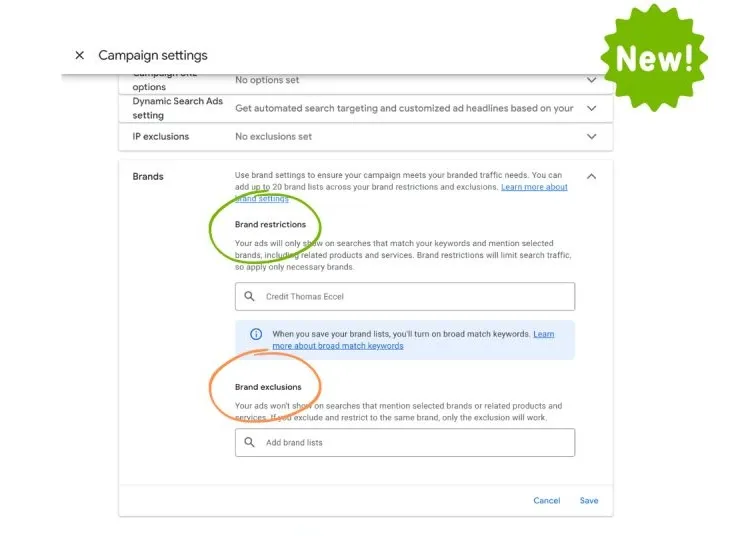
Google has expanded the “You Visit Often” label feature to Europe, enhancing search personalization by highlighting frequently visited sites. This label aids users in quickly accessing preferred websites, though it currently impacts only organic search results, not Google Ads. (source)

Google Ads now automatically adds products from websites that utilize structured data markup into Merchant Center feeds. This new feature enhances product visibility by automatically generating feeds based on crawled data, supporting Free Listings by default and requiring manual activation for other ad types like Shopping Ads and Display. (source)
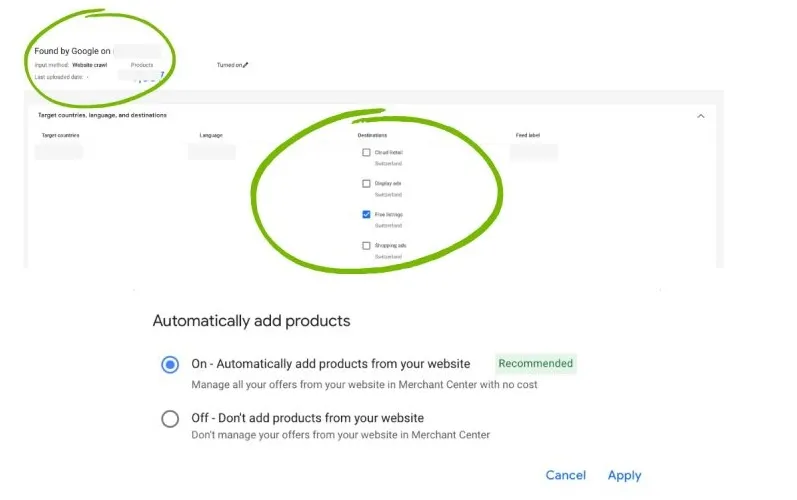
Google Ads has introduced a significant update by including Video Impressions in the Conversion Path report. This enhancement aims to provide a more comprehensive understanding of YouTube’s impact on conversions. Previously, only click and engaged-view conversions were accounted for, marking a step towards Google’s broader adoption of YouTube in advertising strategies. (source)
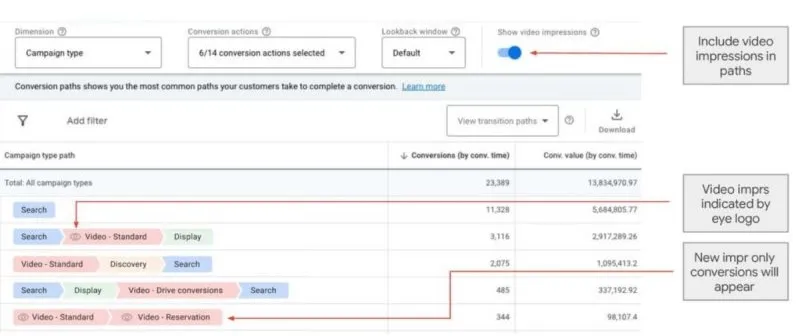
YouTube has rolled out the “Subscriptions and Engagement” campaign subtype widely. Now available across multiple client accounts, this update aims to empower YouTube content creators to boost traffic and subscriptions. With this subtype, creators can drive engagement through video ads and encourage subscriptions on their channels. Google AI ensures ads reach the most relevant users likely to convert.
YouTube is currently testing image-based search functionality via Google Lens. Users can tap the Lens button to search what they see and receive relevant YouTube content as search results.
Advertisers now have enhanced capabilities in detailed targeting with two new tabs: ‘Relevance’ and ‘Size’. These tabs provide suggestions based on the relevance or size of the audience related to your detailed targeting options, helping optimize audience selection strategies. (source)

Meta introduces new options when targeting specific countries, allowing advertisers to ‘only include cities’ or ‘exclude cities’. This update facilitates reaching audiences within or outside city limits, with the ability to specify city population ranges for precise targeting. (source)
Meta is replacing Dynamic Creative with the ‘Flexible’ ad format, enhancing ad performance by dynamically selecting the most suitable ad format based on placement and viewer demographics. This change aims to optimize ad delivery across different contexts. (source)
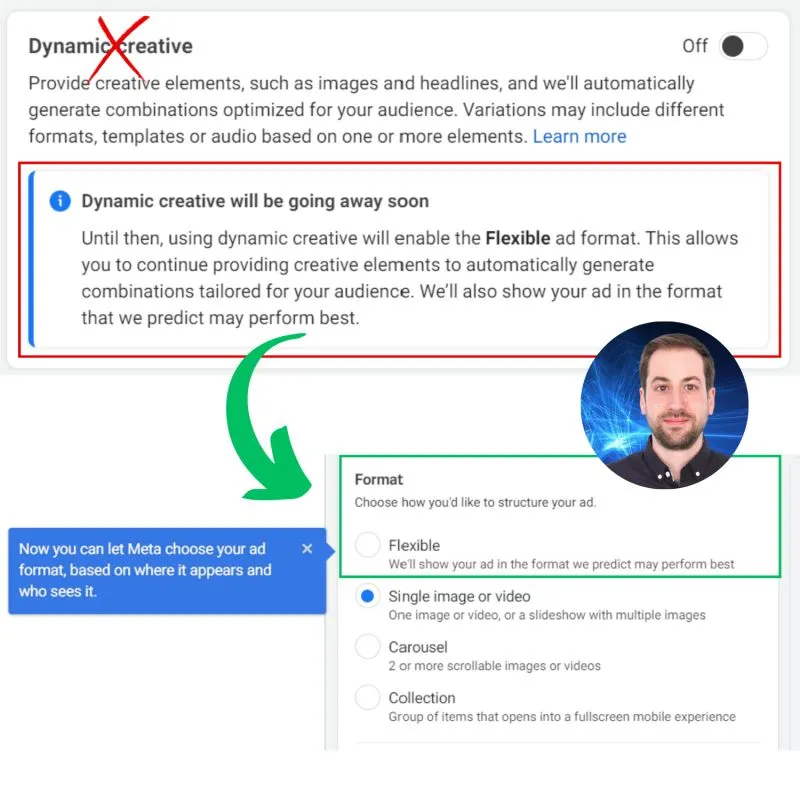
Advertisers can now schedule individual ads within manual Sales campaigns, extending functionality previously available only in Advantage+ shopping campaigns to manual sales and app promotion campaigns. (source)
Meta has updated the process for confirming or blocking custom events used in Facebook Ads. Advertisers will now receive alerts in the Events Manager Overview within Business Manager to review custom events, ensuring compliance with ad feature usage policies. (source)
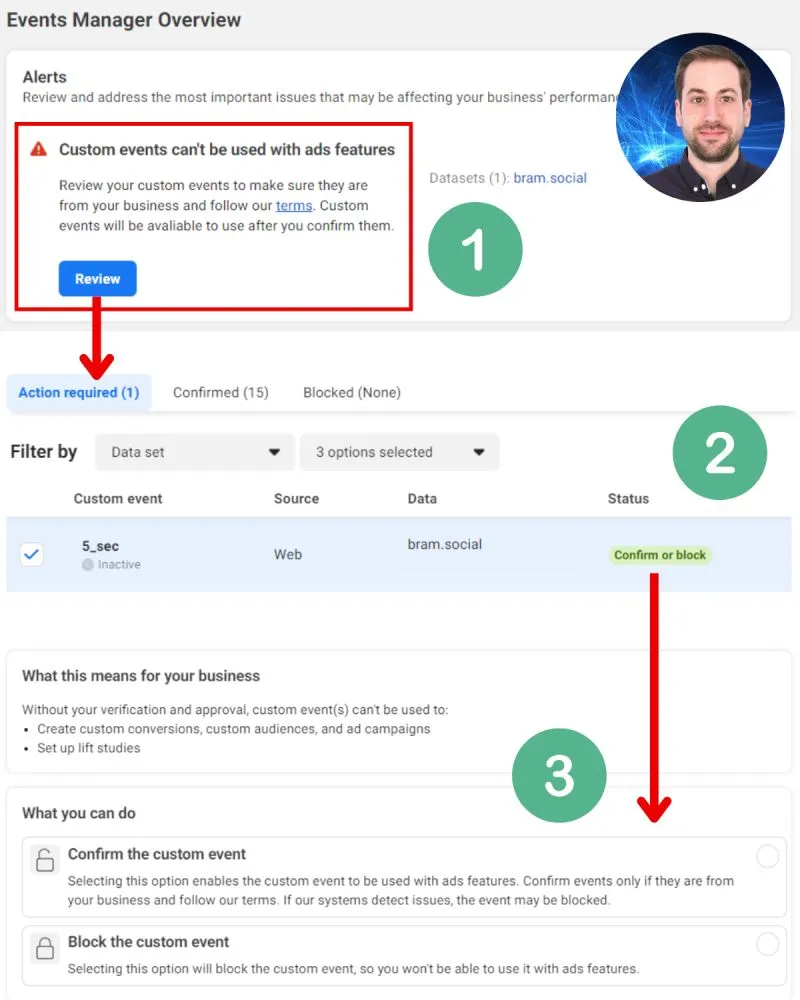
Meta is implementing a new policy where ads that haven’t generated results in the past 14 days will be automatically paused. When this occurs, advertisers will see a ‘Delivery error’ status indicating the need for ad updates. This change aims to optimize ad performance by encouraging the creation of new ads or adjustments to existing ones to improve effectiveness. (source)
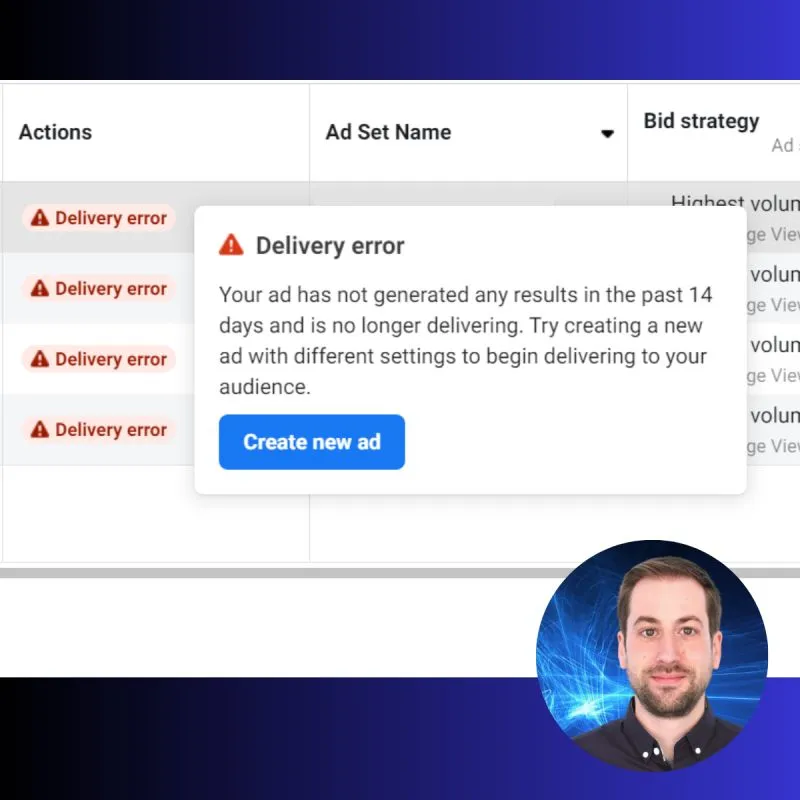
Meta has introduced ‘Offers’ as part of its new ‘Ad Sources’, alongside the recent addition of ‘Site Links’. Available for ‘Website’ conversion location ads across Traffic, Engagement, Leads, and Sales objectives, Offers allow advertisers to highlight discounts or promo codes directly within their ads. Advertisers can set specific validity dates for offers, enhancing ad relevance and potentially boosting engagement. (source)
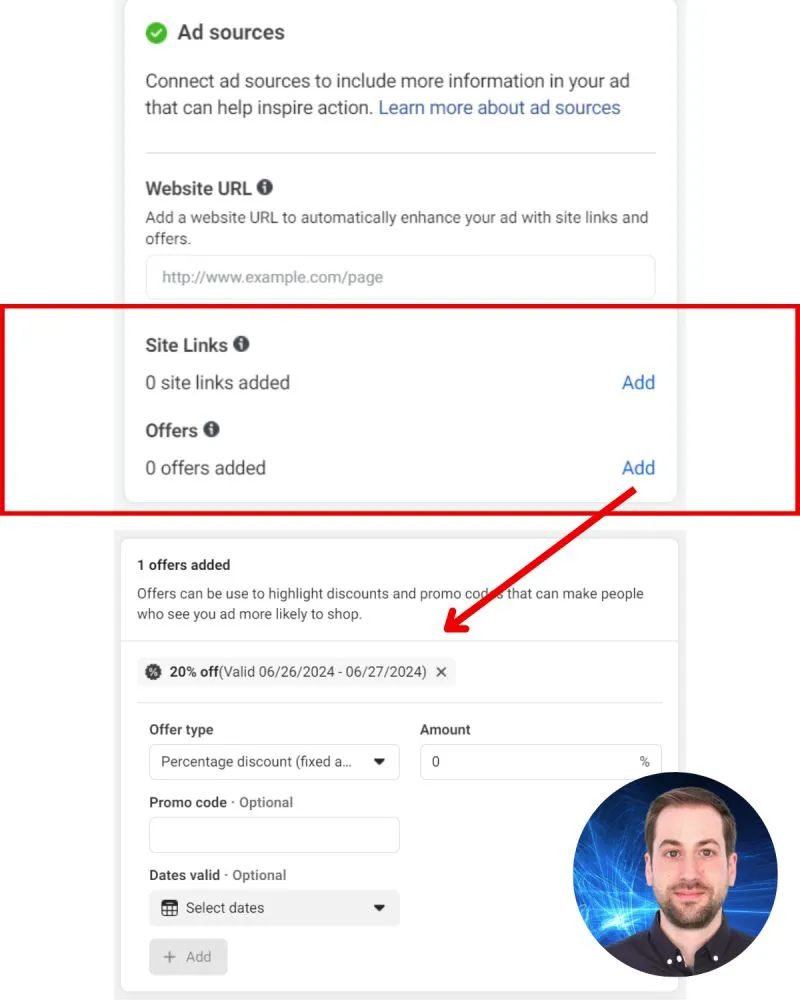
Meta is phasing out the creation of Offline Event Sets and will discontinue the Offline Conversions API in May 2025. Advertisers are advised to transition their current Offline Conversions API integrations to the Conversions API, which now fully supports offline event data integration. This change is part of Meta’s ongoing efforts to streamline data handling and improve integration capabilities. (source)
Advertisers can now leverage the new ‘Ad Sources’ section to enrich Sales ads with additional catalog items. By navigating to the ad level, selecting the ‘Ad Sources’ section, and choosing catalog items, advertisers can display product images below their ad creatives. This enhancement aims to increase click-through rates and provide users with more information about advertised products. (source)
Meta appears to have updated or removed the option to run ads specifically aimed at promoting Facebook Groups and recruiting members. While no official documentation has been released, advertisers should check for any changes affecting this advertising feature. (source)
Advertisers can now create ads to expand their existing Instagram Broadcast channels. By selecting the ‘Engagement’ objective, advertisers linked to a Broadcast Channel can invite users to join directly through ads. At the ad set level, choosing ‘Broadcast Channel’ as the conversion location ensures ads are optimized for channel growth, offering a new way to engage with Instagram audiences. (source)

Meta is progressively rolling out a new feature that allows advertisers to generate AI-driven image variations at the ad level. This innovation enables the creation of diverse image assets inspired by original creatives, aiming to enhance ad performance through visual diversity and optimization. (source)
Advertisers can now schedule individual ads within manual Sales campaigns, allowing for specific ad run times without the need for multiple ad sets. This enhancement simplifies campaign management by offering more precise control over ad scheduling within a single campaign. (source)

Meta now provides audience segment reporting capabilities for manual Sales campaigns. By creating audience segments within their ad account settings, advertisers can gain insights into new audiences, engaged audiences, and existing customers, facilitating targeted campaign optimizations. (source)
Microsoft Advertising has streamlined the process for businesses to launch Connected TV (CTV) ads, making it easier to reach global audiences across popular streaming platforms like Netflix, Hulu, and Disney+. Utilizing audience intelligence and search intent data, the platform ensures effective ad targeting without requiring extensive onboarding or high spending commitments. This enhancement allows brands to connect with their desired audiences seamlessly through CTV advertising. (source)
We are now heavily focused on improving the Performance Max campaign features. Many upgrades have been completed, and significant improvements are on the way. In June, we improved audience signals, allowing you to build your audiences just as you are used to in Google Ads—based on demographics, interests, or interactions with your business/website. We have also enhanced the Insights dashboard and added more metrics. Stay tuned for big things to come!
